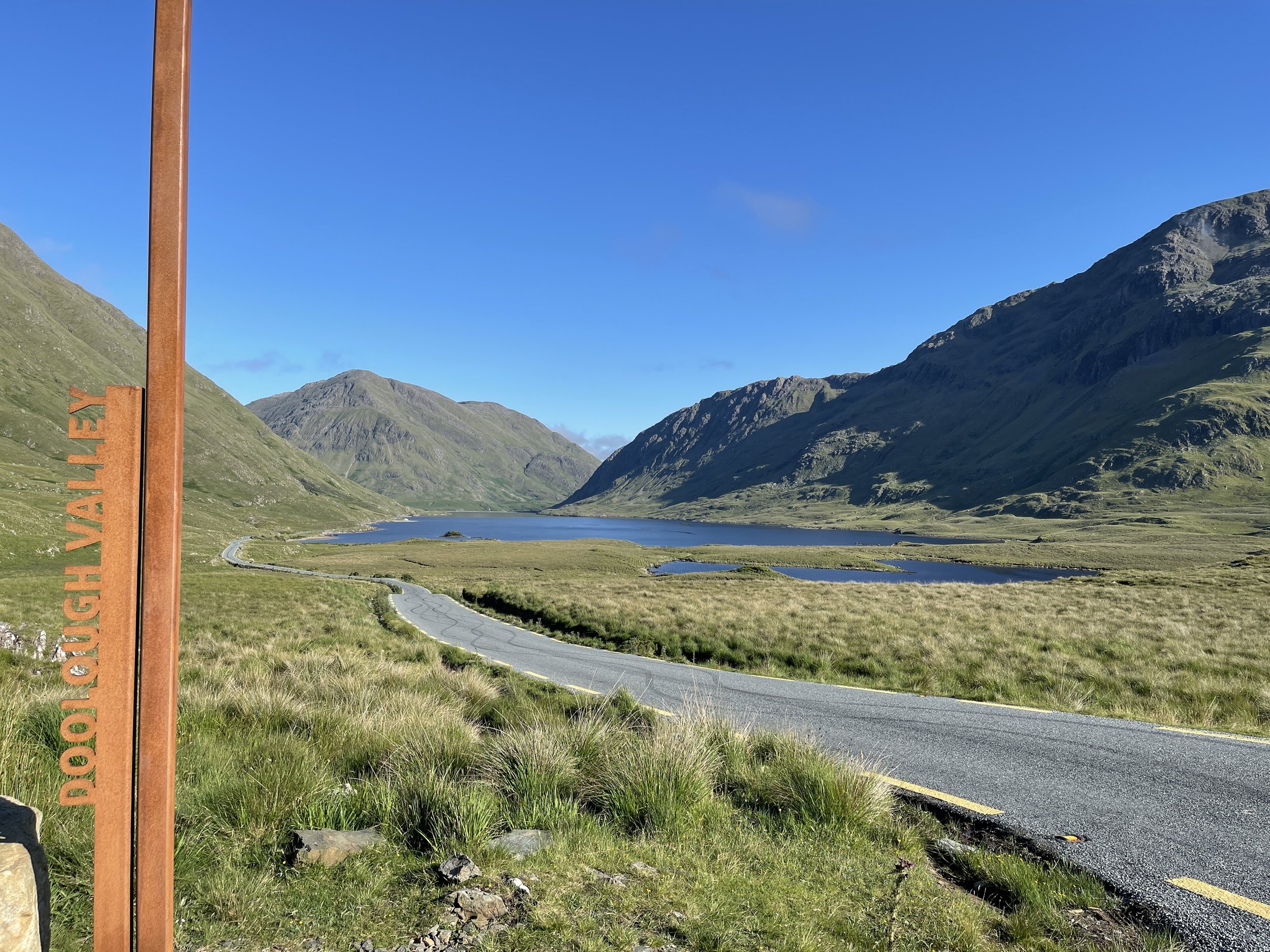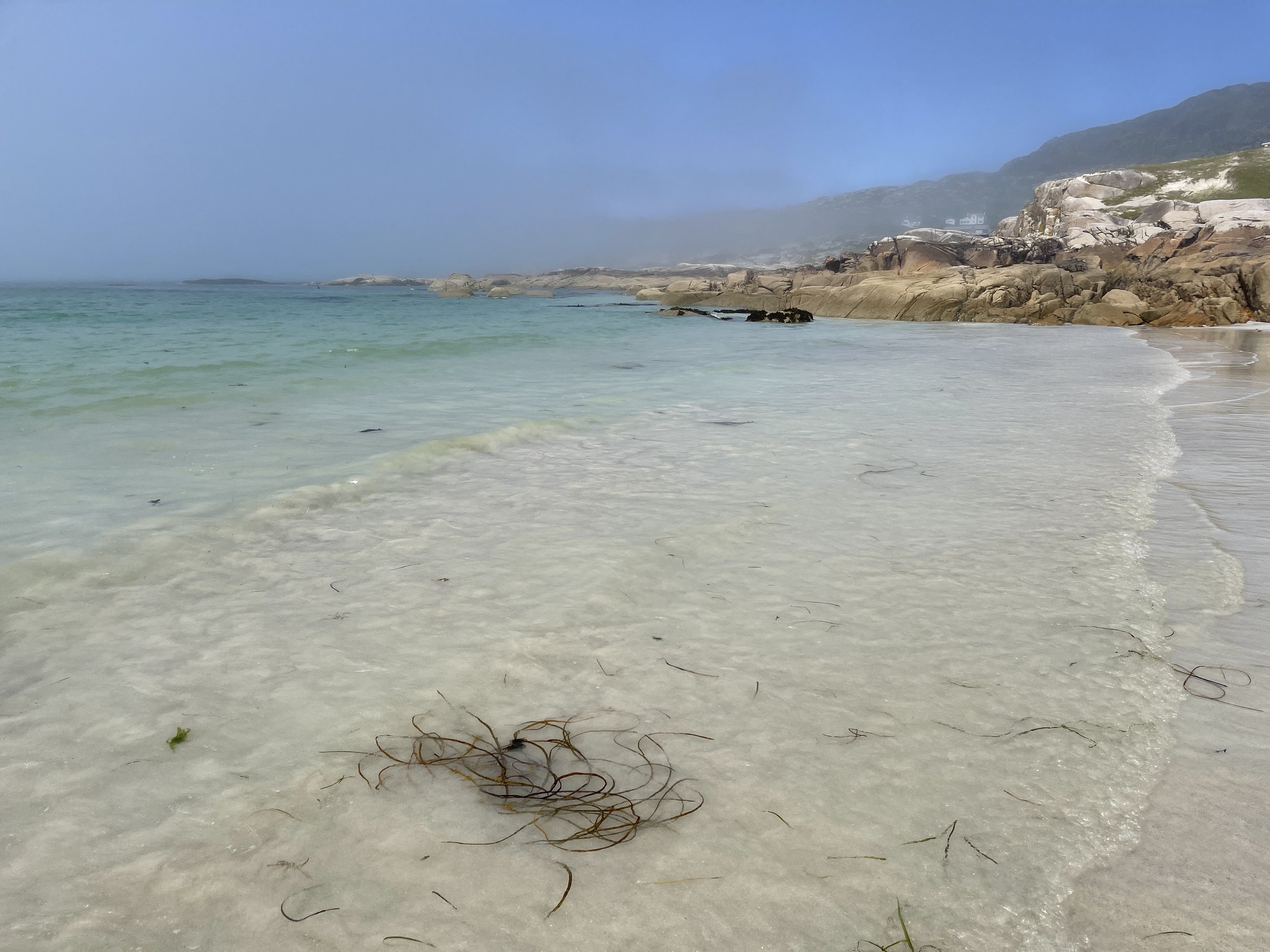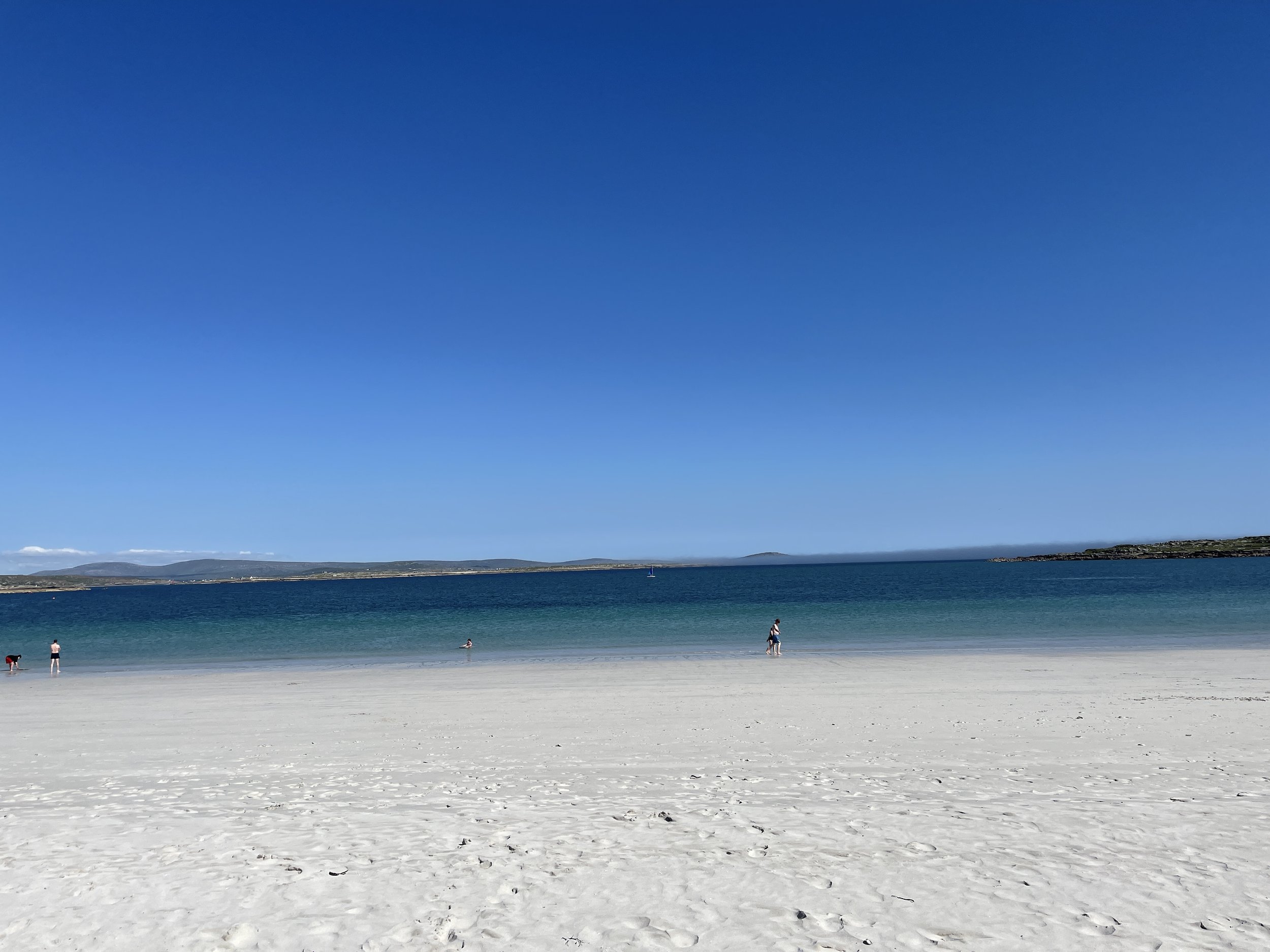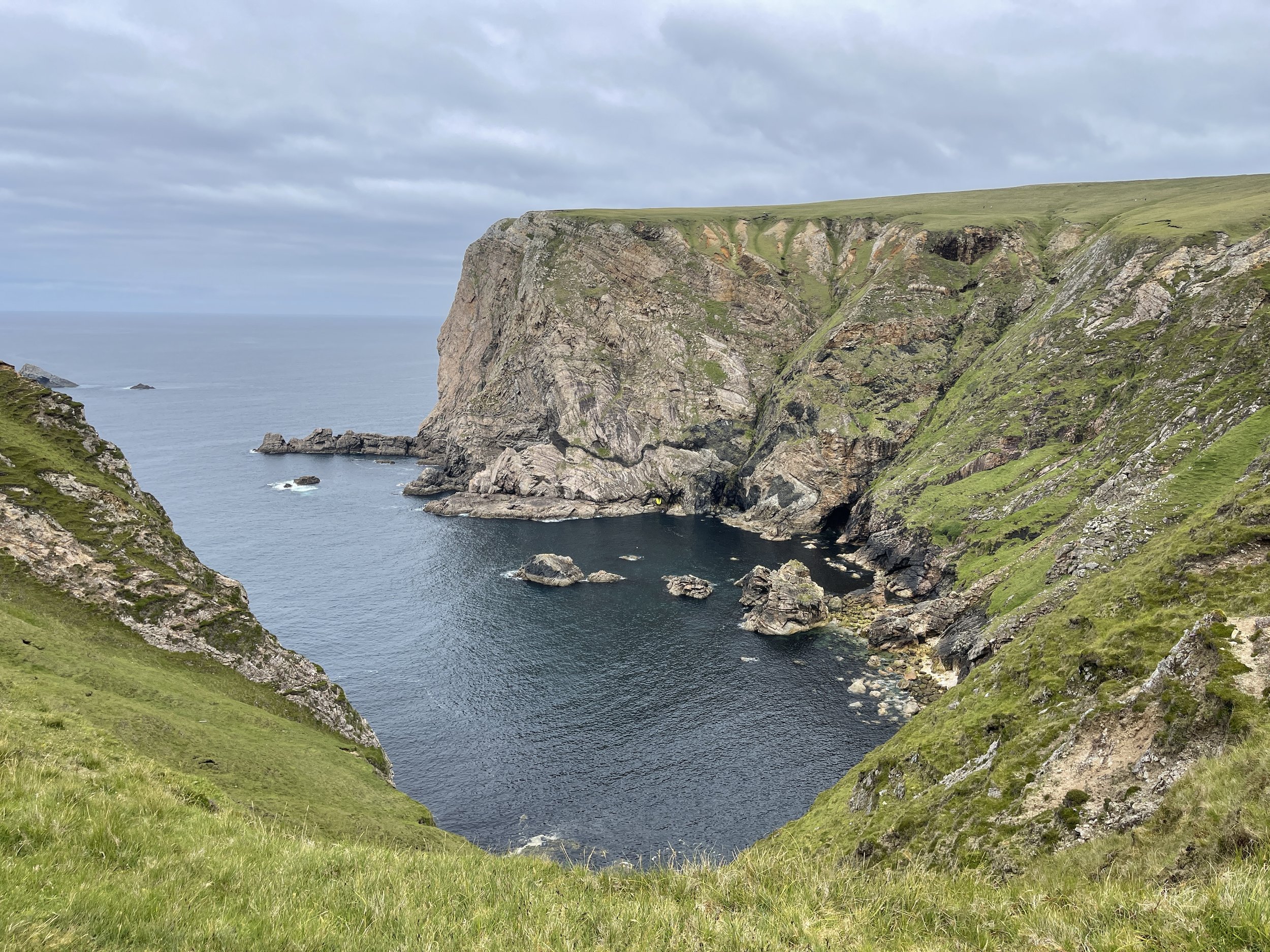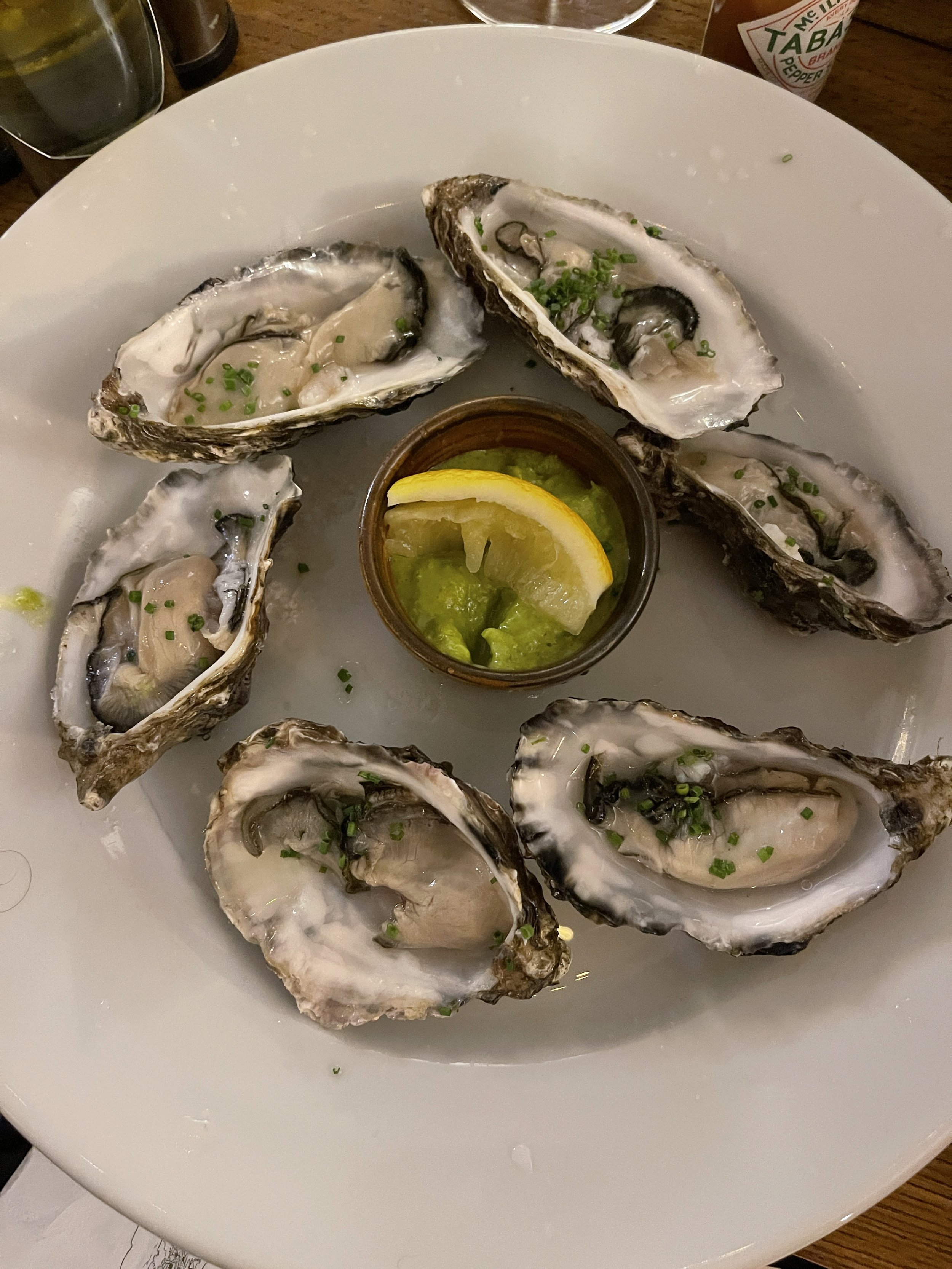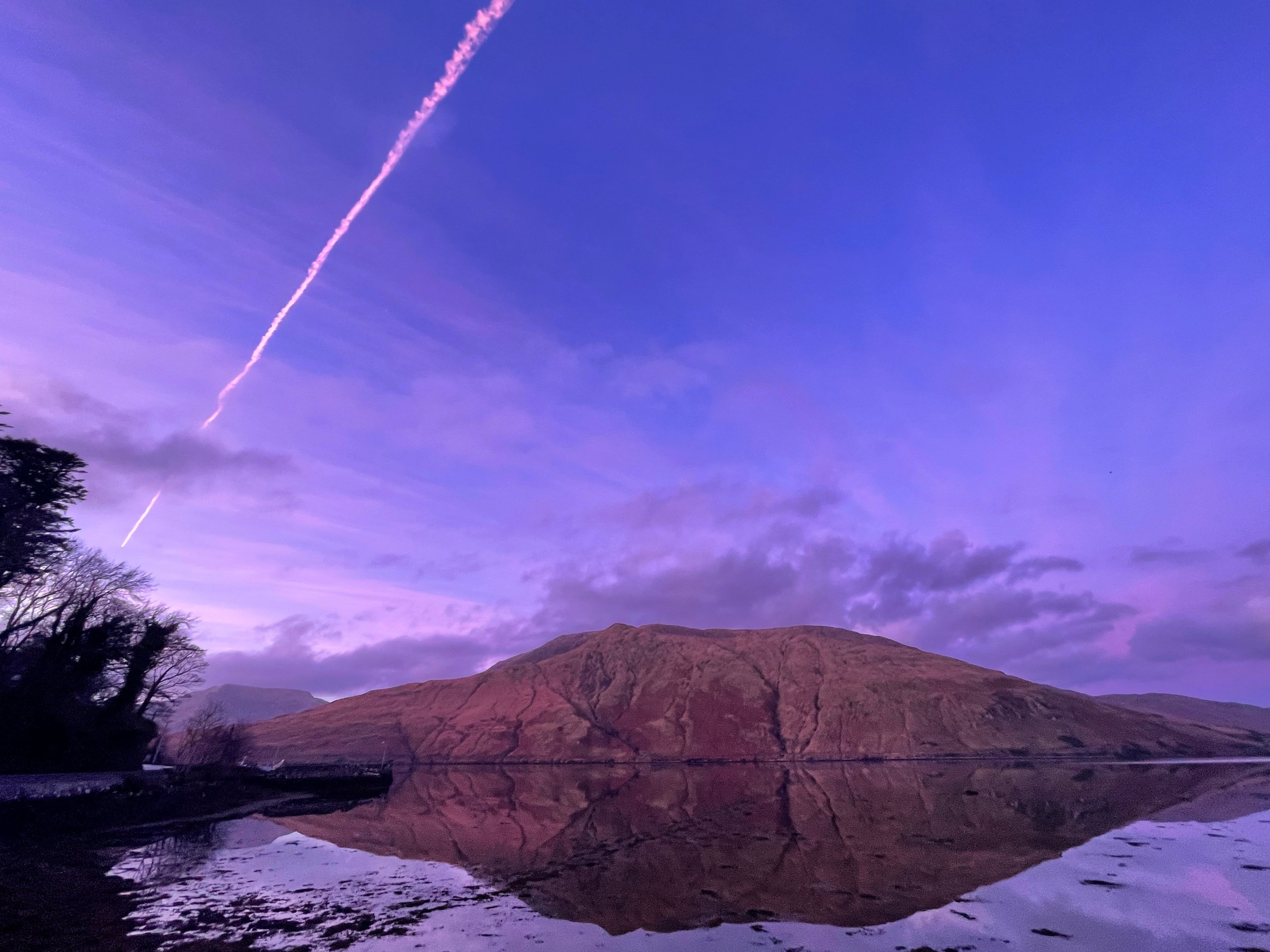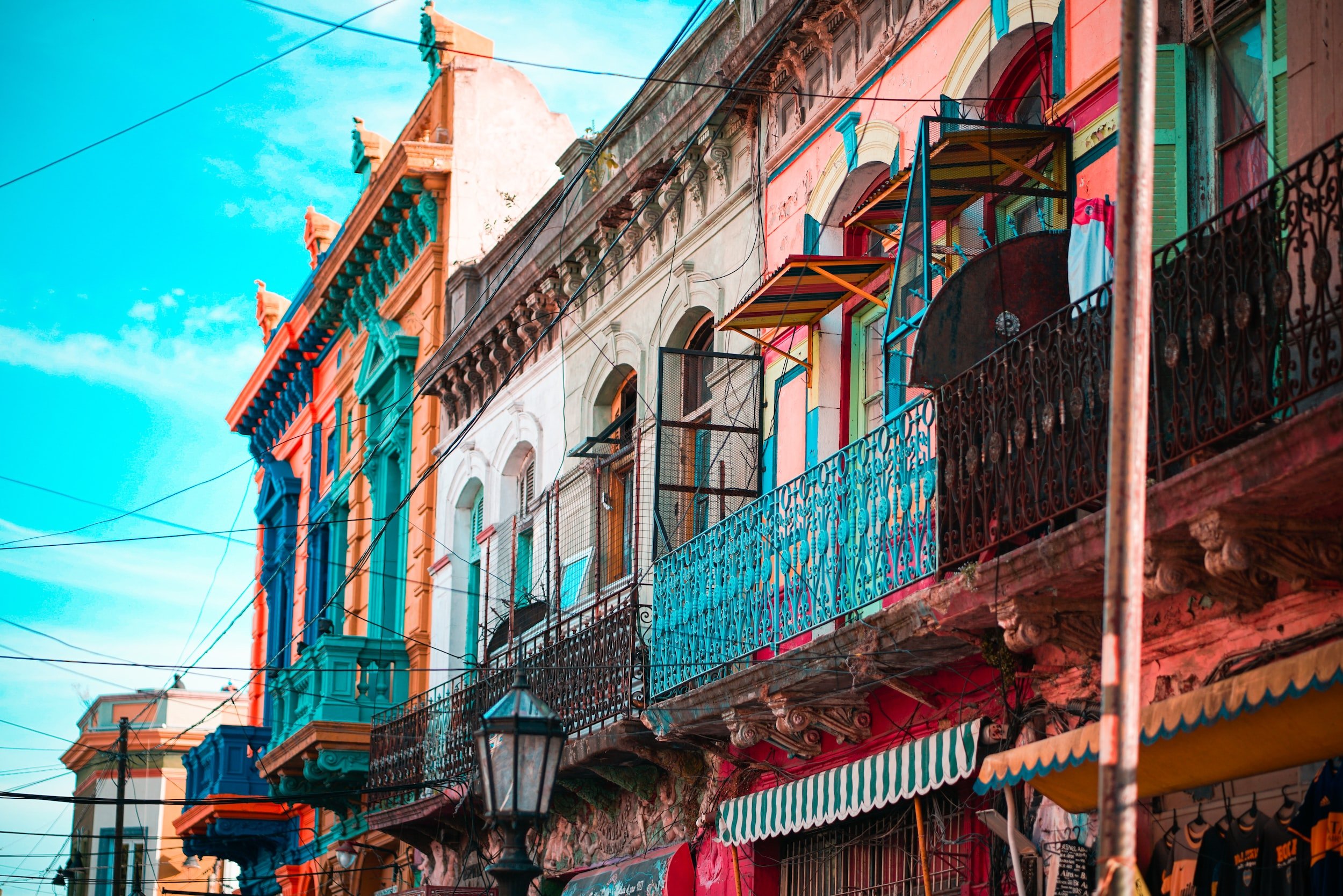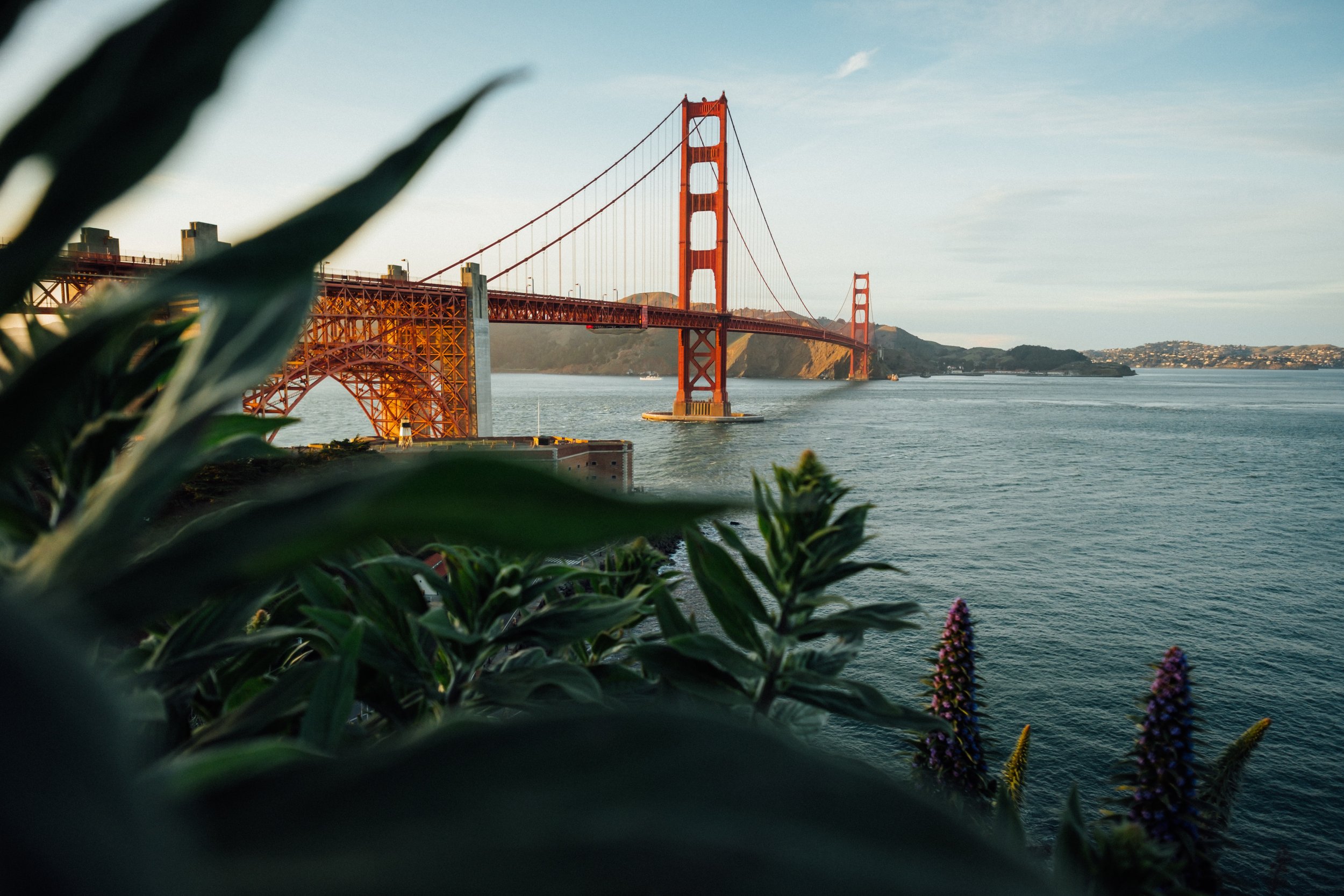7 perfect stops for a west of Ireland trip
The west of Ireland is the perfect place to disconnect from the world and reconnect with yourself. Often, you’ll find you’re the only person on the beach for miles. Harsh weather and rugged landscapes only add to the atmosphere of the trip, and if you’re lucky enough to experience the west of Ireland in the sun, you’re in for a real treat. We’ve picked 7 perfect spots along the way to help you plan your trip.
Doolough Valley, County Mayo
Doolough Valley, Louisburgh, Co. Mayo, (Photo: Andrea Gallagher)
The winding road to Doolough Valley is mesmerising and hypnotic. Stumbling upon this perfectly wild and natural beauty is joyful and sombre at the same time. Here you’ll find the stone Doolough Famine Memorial - a walk is held each year to commemorate the victims of a tragedy during the height of the Great Irish Famine from 1845-1849.
Tip: In summer, swarms of midges prevail, so if you plan to stop for more than a few minutes, be sure to cover up well.
Dogs Bay, County Galway
Dog’s Bay, Roundstone, Co. Galway (Photo: Andrea Gallagher)
The truth is, the west of Ireland is rarely tropical, but on those perfect days when the sky is clear and the sun beats down, you could be forgiven for thinking you’re halfway across the world at Dog’s Bay, Co. Galway. Think pristine white seashell sand, stunning views of Connemara and sheltered space to enjoy it all in peace. Don’t miss nearby Gurteen Bay.
Tip: Visitors are requested to respect the signs restricting access to the dunes. Parking can be nightmare-ish during peak times and warm weather. If you’re staying in the surrounding area, cycling is a great option and will help to ease traffic congestion.
Rinroe Strand, County Mayo
Rinroe Strand, Carrowteigue, Co. Mayo, (Photo: Andrea Gallagher)
Until recently, Rinroe Stand has been a well-kept secret thanks to its unique and remote location. However, thanks to Covid domestic rediscovery and social media, more travellers are discovering and enjoying this sheltered haven.
Tip: As this is a remote area with limited amenities, you will likely need to bring your own supplies and food. Please remember to leave no trace and clean up after yourself.
Benwee Head, County Mayo
Benwee Head, Co. Mayo, (Photo: Andrea Gallagher)
Benwee Head is some of the most breathtaking scenery in Ireland. These haunting and majestic sea cliffs are over 250 metres high. Even on a calm summer day, you can feel the powerful roar of the Atlantic Ocean below. Don’t miss the Children of Lir loop walk, learn about one of Ireland’s most famous mythology - the exile of The Children of Lir: Fionnuala, Aodh, Fiachra and Conn. and take in the jagged views of the Stags of Broadhaven and Kid Island.
Tip: For the active traveller, don’t miss Benwee Loop Walk, but be warned, this cliff walk is not for the faint of heart! Bring good waterproof footwear.
Dún Briste Sea Stack, County Mayo
Dún Briste Sea Stack, Ballycastle, Co. Mayo, (Photo: Andrea Gallagher)
You’ll definitely feel like you’re on the edge of Europe when you reach Dún Briste Sea Stack. Standing at 45 metres, even on a calm day the swirling and crashing seafoam is a sight to behold. The sea stack is home to species such as cormorants, puffins and more. The nearby Downpatrick Head and the award-winning neolithic site Céide Fields Visitor Centre are also not to be missed.
Tip: If you stop at Céide Fields Visitor Centre, cross the road carefully for the perfect viewing point of Downpatrick Head.
Leenane, County Galway
Killary Harbour, Leenane, County Galway. (Photo: Andrea Gallagher)
The village of Leenane sits on Killary Harbour, a glacial fjord sitting between Maumturk Mountains and Mweelrea. The views are unparalleled, with rugged landscapes reflected on the glass-like fjord. Be sure to stop at one of the delicious restaurants in the area and enjoy local and sustainably sourced seafood, such as the deliciously sweet Killary Fjord rope grown mussels, and if you have time, be sure to hop on board a boat cruise on the fjord.
Tip: Look out for the ruins of cottages and marks of ridges on the hills - they tell the story of the large population that attempted to sustain themselves on these hillsides before the potato famine.


